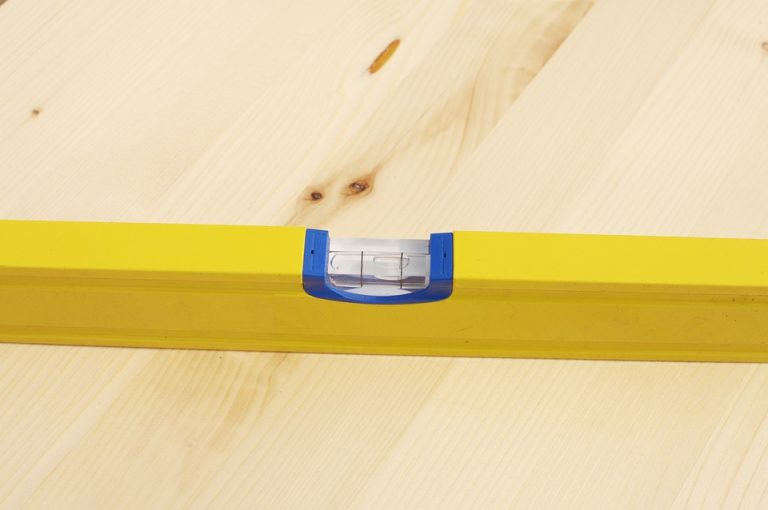Resurfacing your pool is an essential maintenance task that ensures the longevity and beauty of your pool. Over time, the surface of your pool can become worn out, stained, or chipped, resulting in a less attractive and safe swimming environment. Resurfacing your pool can breathe new life into your backyard oasis and give you a fresh start.
If you’re considering resurfacing your pool, it’s important to understand the cost and what to expect throughout the process. The cost of resurfacing your pool can vary depending on several factors, including the size of your pool, the material used for resurfacing, and the extent of the damage to the existing surface. On average, resurfacing a pool can cost anywhere from $5,000 to $10,000, but this can vary significantly.
When it comes to resurfacing materials, there are several options to choose from, each with its own pros and cons. Some of the most popular materials for pool resurfacing include plaster, pebble tec, and fiberglass. Plaster is the most budget-friendly option and can last around 5-7 years. Pebble tec is a durable and long-lasting option that can last up to 15 years, but it comes with a higher price tag. Fiberglass is a smooth and low-maintenance option that can last up to 20 years, making it a popular choice for many pool owners.
The process of resurfacing your pool typically involves draining the pool, removing the existing surface, repairing any cracks or damage, applying the new surface material, and filling the pool back up with water. This process can take anywhere from a few days to a few weeks, depending on the size of your pool and the extent of the damage.
It’s important to hire a professional pool contractor to handle the resurfacing process to ensure the job is done correctly and efficiently. A reputable contractor will provide you with a detailed estimate of the cost and timeline for the project, as well as recommendations for the best resurfacing material for your pool.
In conclusion, resurfacing your pool is a necessary investment that can improve the overall appearance and safety of your pool. While the cost of resurfacing your pool can be significant, it’s important to consider the long-term benefits of a newly resurfaced pool. By understanding the cost and what to expect throughout the process, you can make an informed decision about resurfacing your pool and enjoy a beautiful and rejuvenated swimming environment for years to come.

